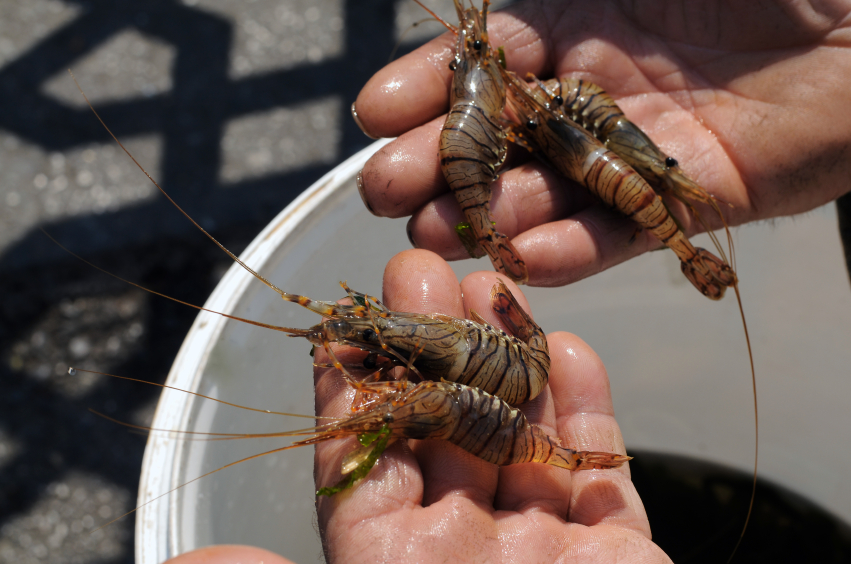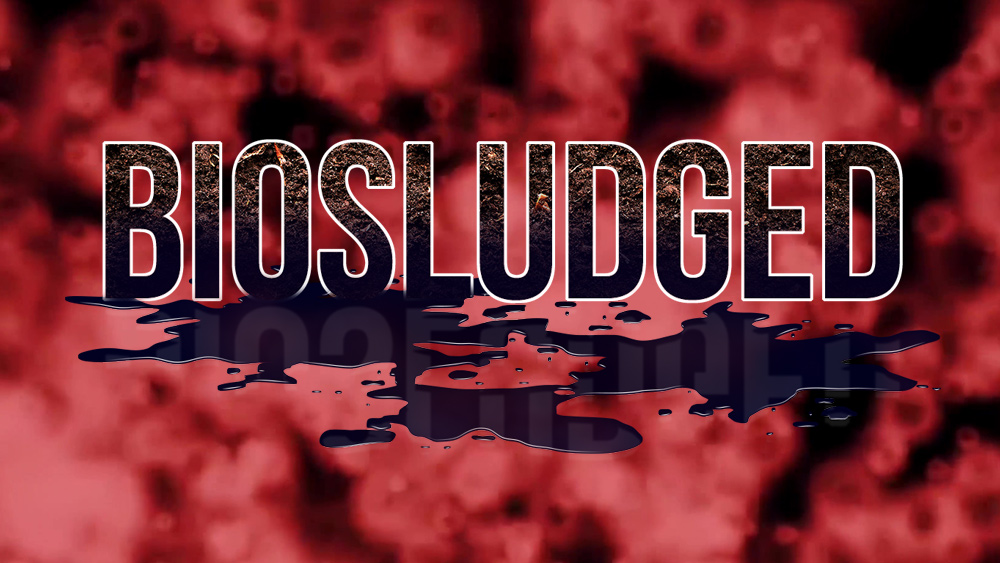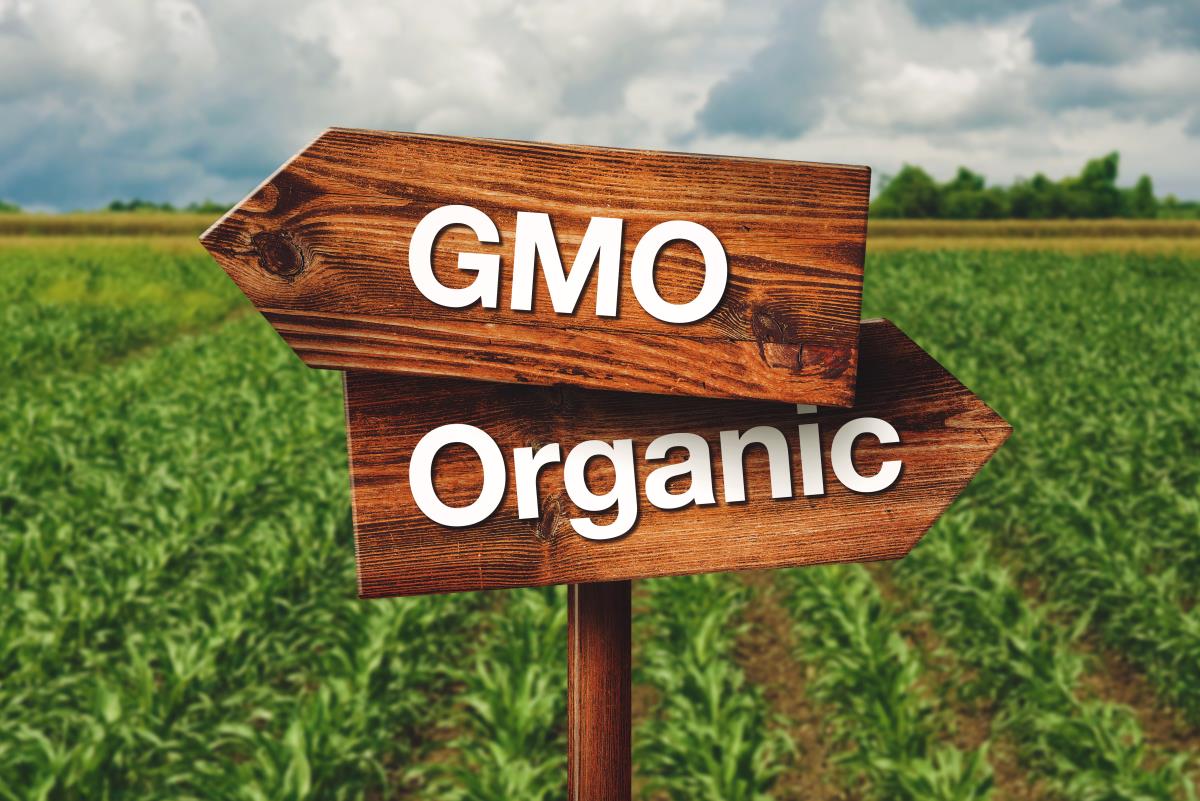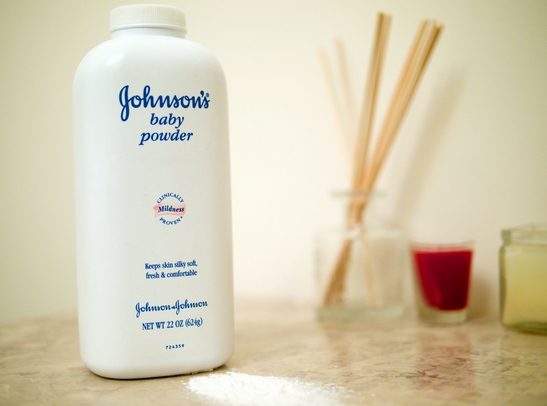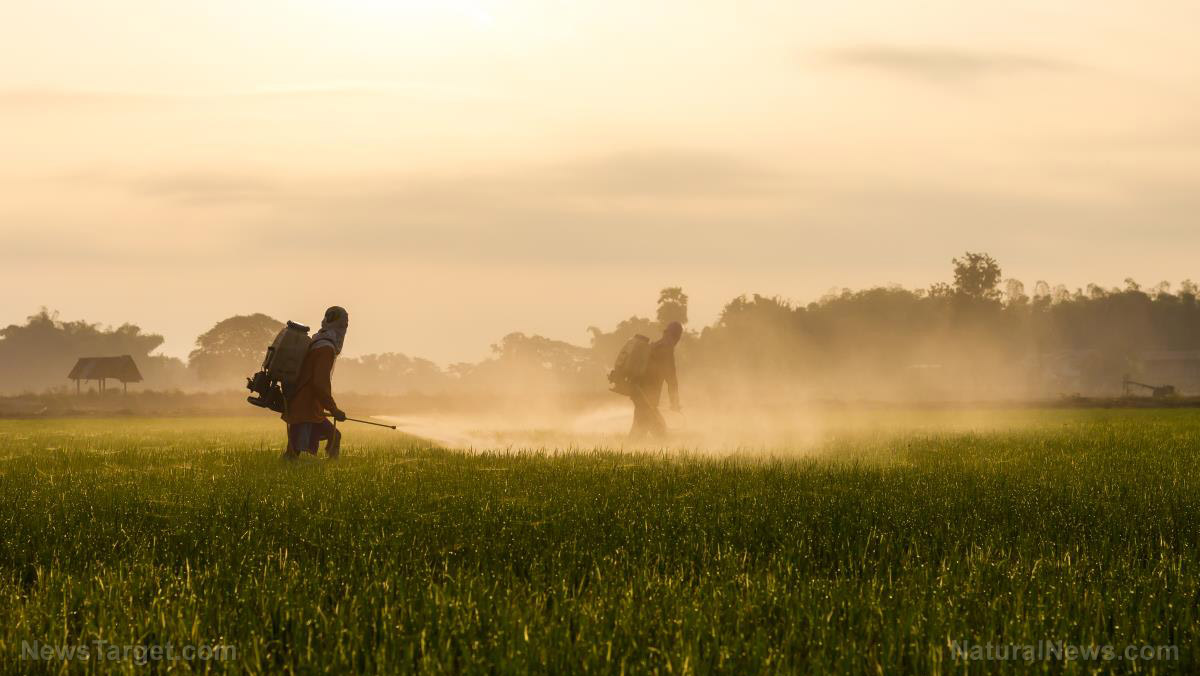The dark history of Monsanto explained
03/17/2019 / By Vicki Batts
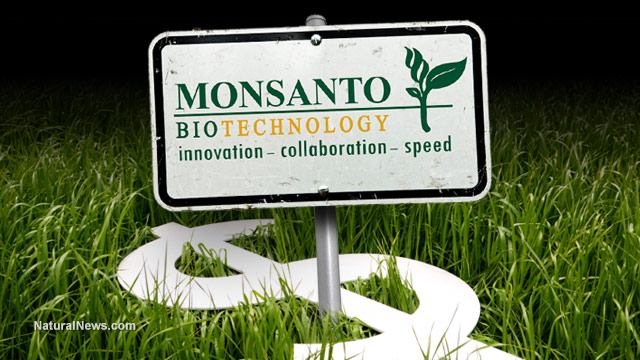
Monsanto is perhaps the world’s most hated corporation — a title many agree they’ve certainly earned. Over the course of the company’s many years of existence, Monsanto has been involved in many controversies.
Their GMO seeds and matching herbicides, and their total destruction of the farming industry from what it once was, are some of the more current and common reasons why the Monsanto name leaves a bad taste, but the company’s history is rife with plenty more fodder for the distaste. The company has been heavily scrutinized over its many decades of existence, but as luck would have it, the criticism and flat-out hatred of Monsanto come with good reason.
Early years of Monsanto
John Francis Queeny first founded Monsanto in 1901. He named the company after his wife, Olga Mendez Monsanto. The first product ever developed by the now-behemoth corporation was saccharin, which was purchased by Coca-Cola for use as a sugar substitute. Even back then, the company managed to evade the fact that one of their products was poisonous; the government sued Monsanto to keep saccharin from hitting the marketplace and lost.
Shortly thereafter, Monsanto shifted their focus and entered the industrial chemical trade, as well as the pharmaceutical industry. During the 1920s, the corporation even became the world’s largest manufacturer of aspirin, which is now known to increase the risk of heart attack.
Around that time, polychlorinated biphenyls, or PCBs, were also born. Once considered to be a modern marvel, PCBs are now regarded as extremely dangerous chemicals that come with a host of adverse effects. PCBs are considered to be carcinogenic and are known to cause reproductive, developmental and immune system disorders. East St. Louis, Illinois was home to the Monsanto plant that was the world’s leader in PCB production, and also boasted the highest rate of fetal mortality and immature birth in the state.
PCBs have since been banned, but they have left their mark: traces of PCB can be found in most animal and human blood and tissue around the world. Records have shown that Monsanto was aware of how toxic the chemicals were and hid the facts from the public to retain their profits.
The 1930s marked the creation of Monsanto’s first hybrid corn seed. The company also continued their tradition of toxic creating by expanding into synthetic rubbers, plastics, detergents, soaps and industrial cleaning products. Then came the 1940s, which were marked by the company’s research on uranium for the Manhattan Project’s first atomic bomb — and their roll-out of toxic pesticides containing an extremely hazardous chemical: Dioxin.
Dioxin also managed to make its way into the most controversial and hazardous chemicals of the 1960s: Agent Orange — the chemical that devastated thousands of US military members and at least one million Vietnamese citizens. Internal evidence from the ensuing court case revealed that Monsanto was aware of the toxic effects of their concoction when it was sold to the government. Naturally, the corporation was allowed to present its own evidence that concluded Agent Orange was safe. The courts inevitably sided with Monsanto and threw the case out; what a day for justice.
The 60s were an especially evil time for Monsanto, as the company also partnered with the Third Reich’s leading chemical company and producer of Bayer aspirin, I.G. Farben. Together, they produced aspartame, another neurotoxic artificial sweetener. Monsanto spent of the 1970s and 1980s trying to defend its newest toxin, and clearly, their efforts worked. Aspartame is still widely used today, in spite of the harm it can cause.
The GMO era
Then came the 1990s, a time when scandals ran amok. Monsanto started the decade off by spending millions to defeat legislation that would prevent them from dumping toxins like dioxin into the water supply. They followed that class act up by getting sued for experimenting on pregnant women and giving them radioactive iron in a study “just to see what would happen to them.”
In 1994, synthetic bovine hormone (rGBH) was created and the following year, the very first GMO seeds engineered to survive Monsanto’s toxic herbicides were born. In the years since, Monsanto has come under fire for an array of scandals, misdeeds and bullying. For example, in 1998, the corporate giant successfully sued an independent Canadian farmer for refusing to pay a licensing fee for their GM crops he didn’t even want. The farmer, Percy Schmeiser, maintained that the GM seeds had been blown into his field and that he had no intent of using Roundup on the crops, so he shouldn’t be forced to pay for licensing fees and was not “infringing” on their patent agreement.
GMO seeds and their matching pesticides and herbicides have remained a substantial point of controversy. The company’s most infamous agrochemical, Roundup is known for its primary active ingredient: Glyphosate. Glyphosate has gained notoriety for its toxicity, and Monsanto has recently come under fire for conspiring with the EPA to conceal this fact.
As you can see, nary a decade has gone by where Monsanto hasn’t participated in some kind of malicious act. In addition to attacking small farmers and flipping the farming industry on its back, Monsanto has spent the better part of the last century spreading toxic chemicals around the world.
Sources include:
Tagged Under: Agent Orange, agriculture, aspartame, biotech, chemicals, corporations, deception, dioxin, evil, glyphosate, GMO, GMOs, harvest, lies, Monsanto, poison, propaganda, Roundup, toxic chemicals, toxins





